PsychNewsDaily Publishers
100 Summit Drive
Burlington, MA, 01803
Telephone: (320) 349-2484
PsychNewsDaily Publishers
100 Summit Drive
Burlington, MA, 01803
Telephone: (320) 349-2484
Art and architecture often conceal hidden symbols and messages, enriching their meaning and providing insights into the cultures, ideas, and stories of their time.
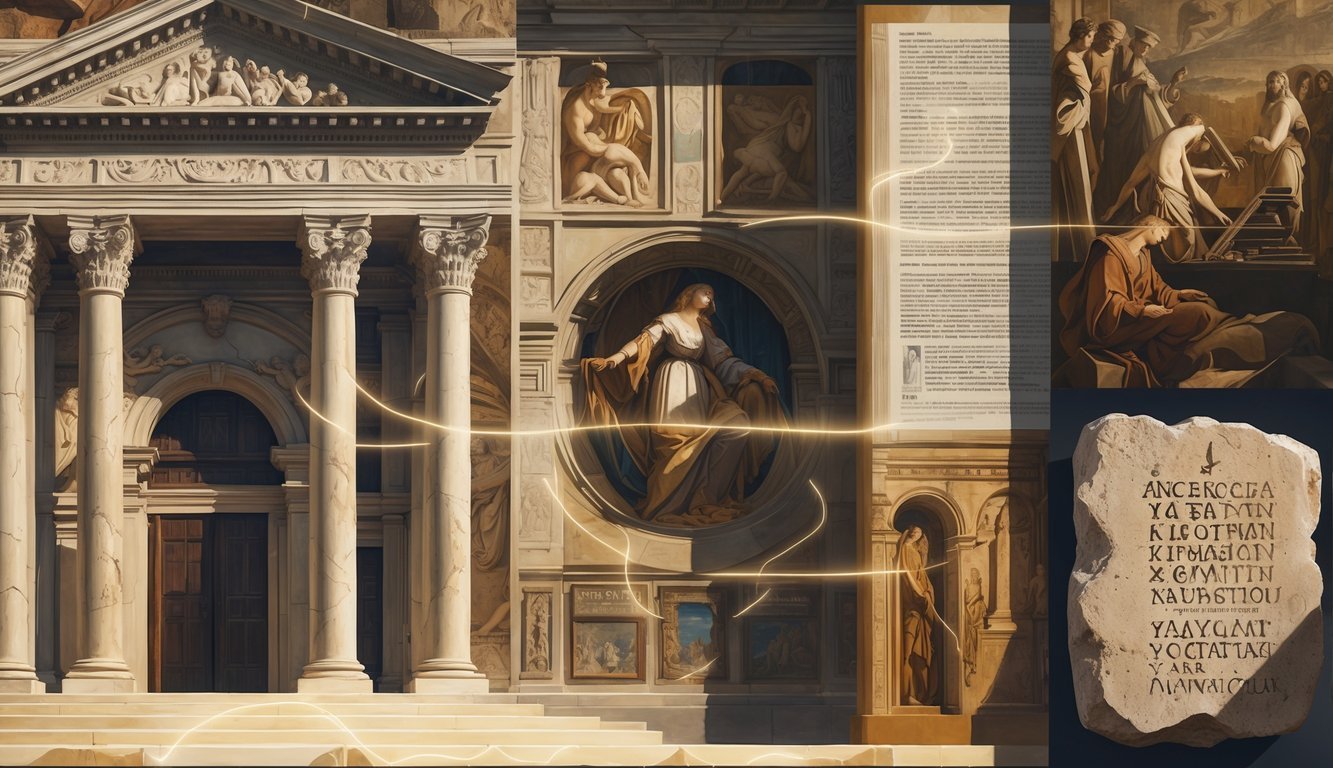
Art and architecture from the past hide secrets that most folks miss at first glance. Artists and builders tucked away these hidden messages to add meaning or slip in a story beneath the surface.
If you slow down and really look, you’ll stumble upon symbols, codes, and tiny details that completely change how you see these old masterpieces.
You’ll find out how these secret messages shine a light on the ideas, cultures, and thoughts from the time the art or buildings came to life. Digging into these hidden meanings can make art and history a lot more fun—and honestly, way more interesting.

Take a close look at Caravaggio’s “Still Life with Fruit.” If you squint, you might catch a hidden skull among the fruit.
Most people miss it at first, but once you see it, the painting just feels different.
Caravaggio tucked this skull in as a “memento mori,” a reminder that life—and even beautiful things—don’t last forever. Kind of a heavy message, but it definitely makes you pause.
It’s pretty wild that he managed to hide such a deep idea right in plain sight. Makes you wonder what else you’re missing in old art.
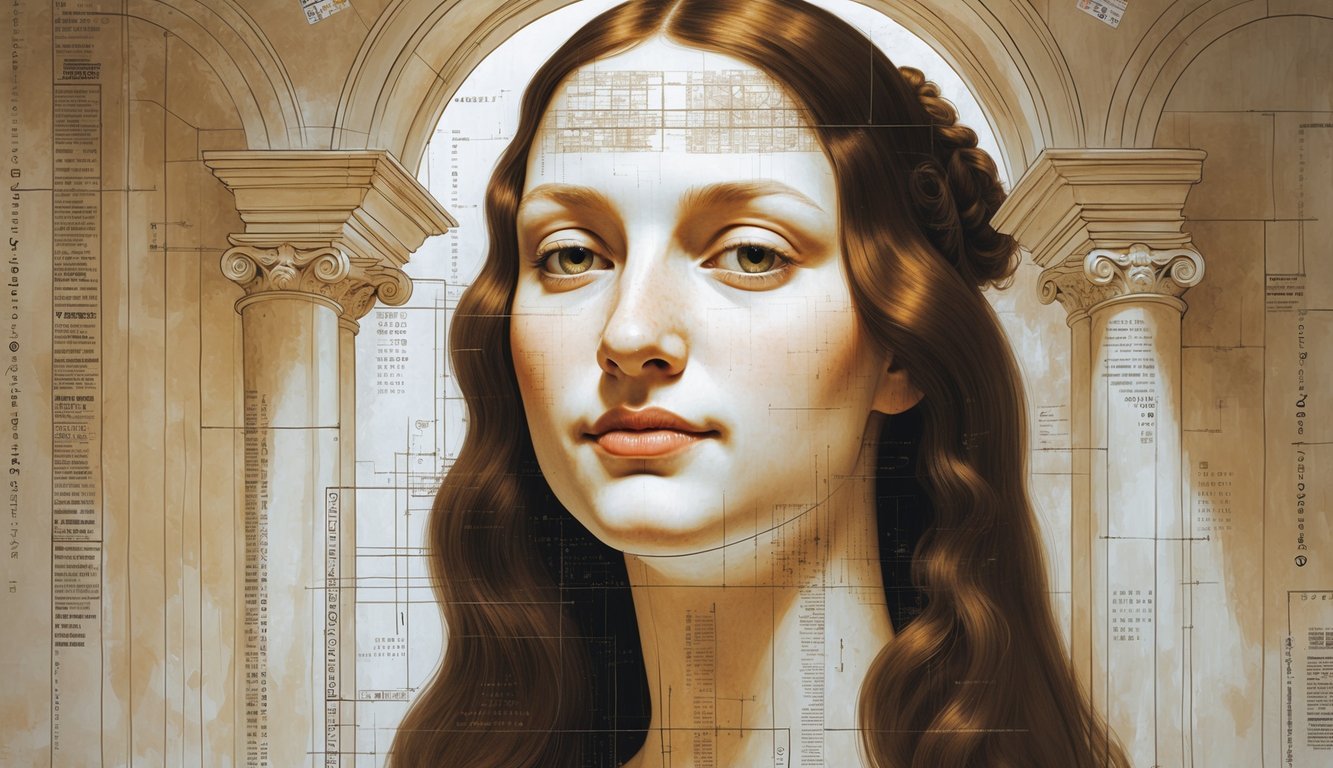
When you stare at the Mona Lisa, it’s easy to get lost in her mysterious smile. But did you know there are tiny letters and numbers hidden in her eyes?
Art experts spotted these microscopic marks, and some think they’re secret codes Leonardo left behind.
It’s almost like he wanted to challenge us, leaving a puzzle tucked away for curious eyes. Her smile was already mysterious, but these symbols just add another layer.
Who knows what those codes mean—personal messages, secret meanings, or maybe just a bit of fun for the artist. Either way, it makes the Mona Lisa even more fascinating.
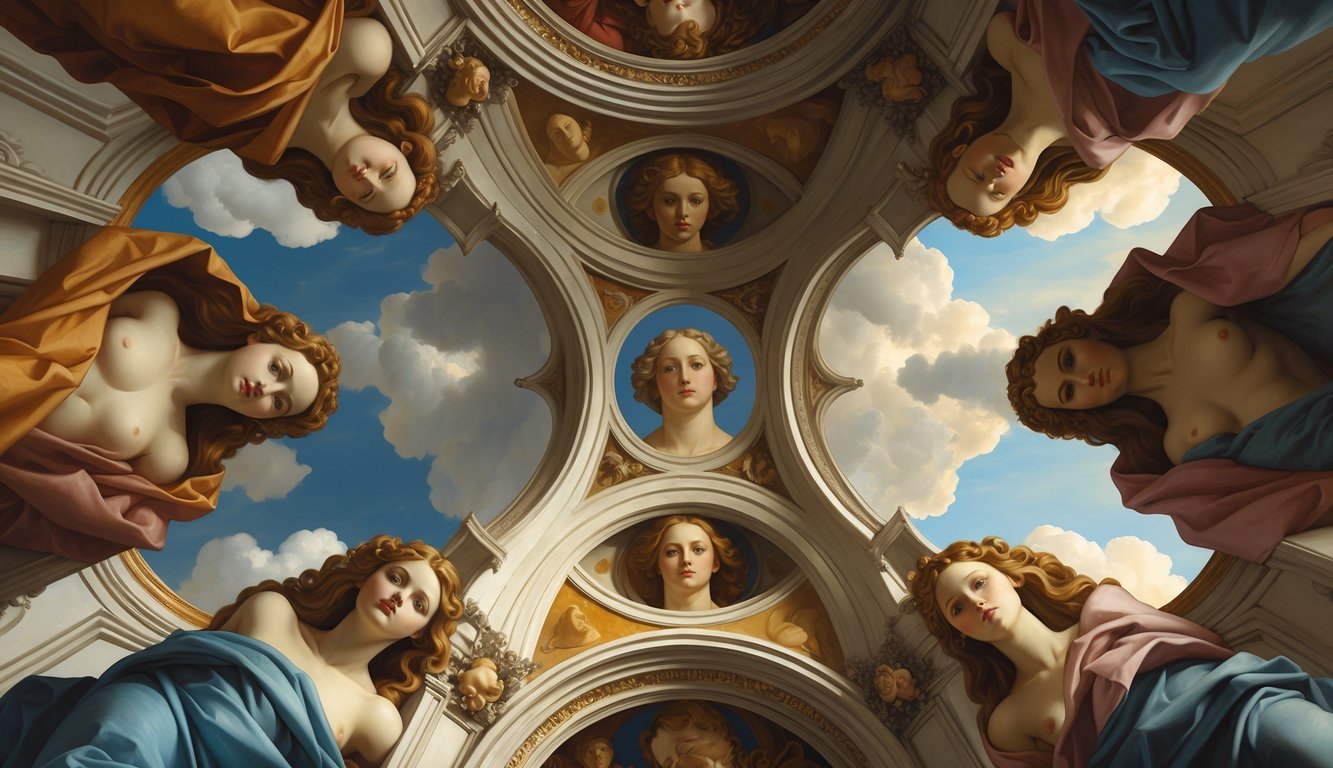
Michelangelo hid more than just biblical scenes on the Sistine Chapel ceiling. He blended several faces into the artwork, sometimes in the folds of fabric or even in the clouds.
If you look closely at the creation scenes, you’ll spot faces where you least expect them. He made these details subtle, so only the most observant catch them.
It’s honestly impressive how he mixed skill and mischief, adding a secret code for those willing to look. Makes you want to grab a magnifying glass, doesn’t it?
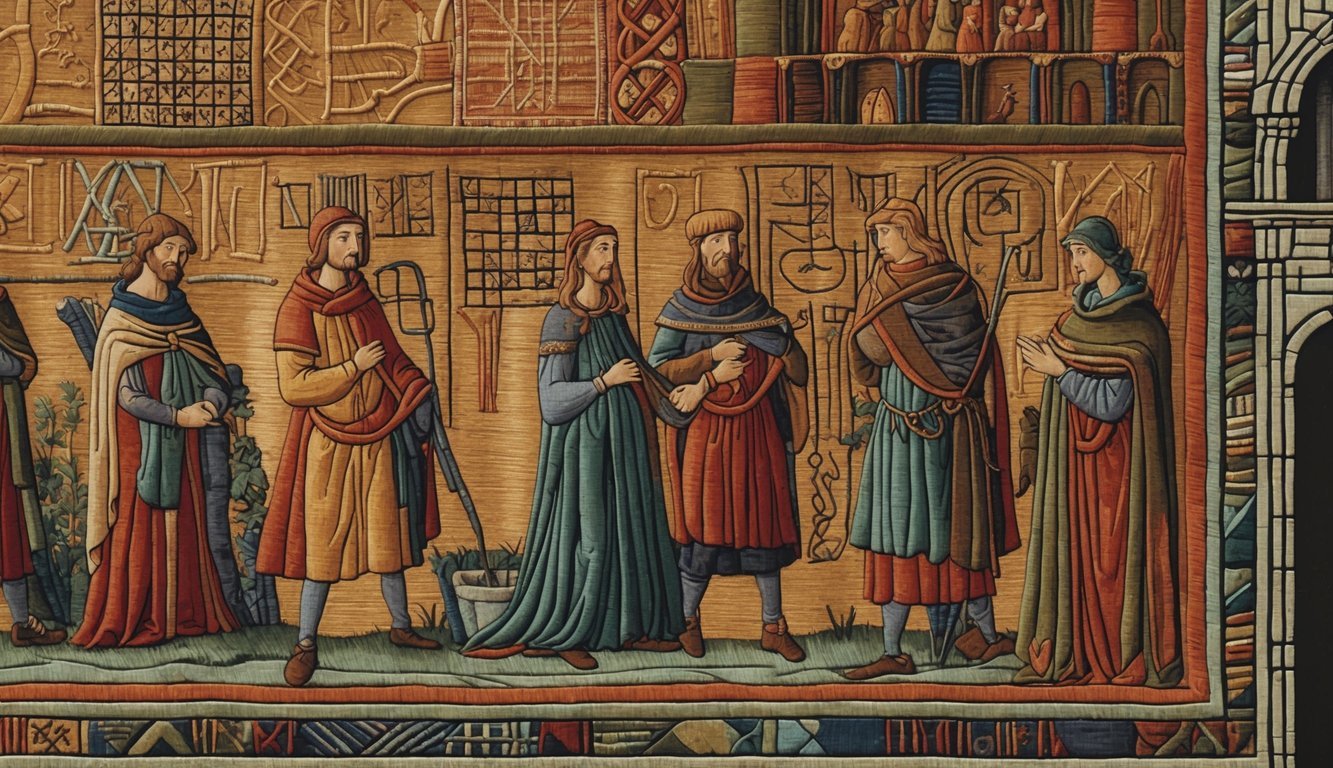
The Bayeux Tapestry isn’t just a story about the Norman Conquest. If you look closely, you’ll find strange animals and odd shapes that don’t fit the main story.
Some people think these symbols were warnings or inside jokes from the artists. The tapestry was embroidered, not woven, so every thread could hide a new meaning.
It’s a bit like a medieval comic strip packed with secrets. Makes you wonder what the artists were really trying to say.
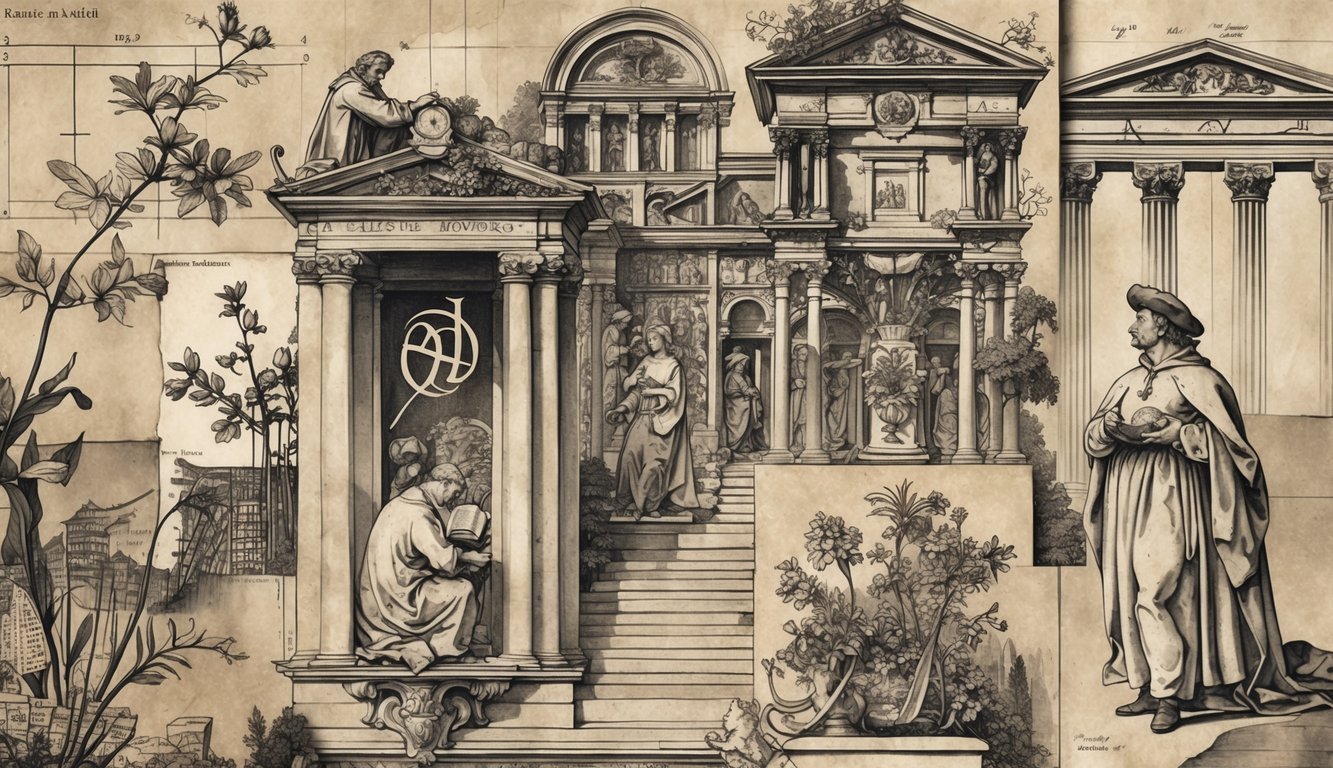
Albrecht Dürer didn’t just slap his name on his engravings. He slipped in hidden signature symbols, often in tiny, detailed ways.
In Melencolia I, for example, he tucked a magic square with the number 34—something special to him.
You’ll spot little letters and signs woven into the designs, turning each piece into a puzzle. It almost feels like Dürer is whispering to you from the past.
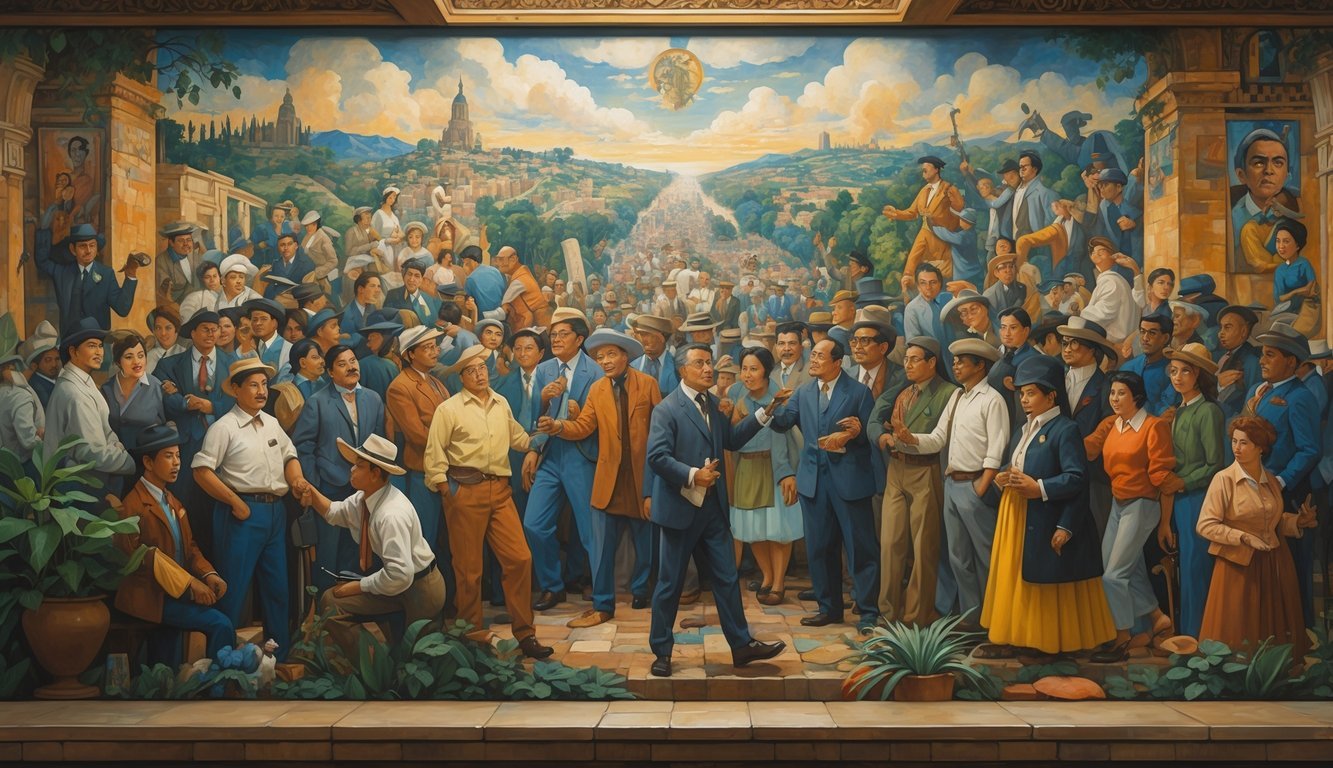
Diego Rivera’s murals aren’t just colorful scenes. He packed them with political messages about workers, justice, and the fight for equality.
Rivera, a committed socialist, used his art to challenge capitalism and highlight workers’ rights. Every figure and scene has a deeper meaning about power and fairness.
If you pay attention, you’ll see how he mixed Mexican history with his political beliefs. Rivera’s murals don’t just hang on the wall—they ask you to think about society and maybe even dream of something better.

Some art scholars believe Botticelli hid a self-portrait in “The Birth of Venus.” The woman on the right, reaching toward Venus, might actually be Botticelli himself.
Her pose looks a bit like an artist at work, doesn’t it? It’s as if he painted himself right into the scene, showing his connection to his creation.
Finding yourself hidden in a masterpiece is just a cool move. Next time you look at old art, keep an eye out—you never know who’s watching back.
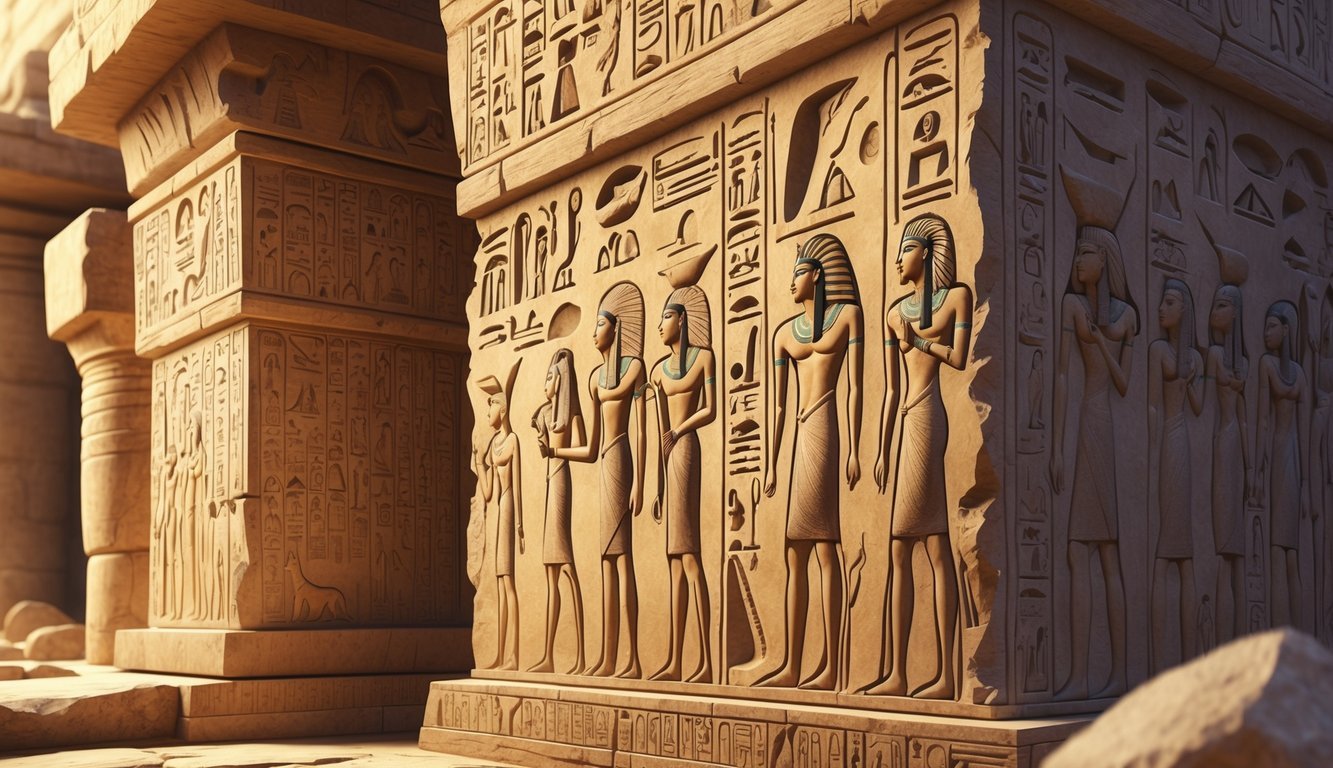
Ancient Egyptian temples are covered in hieroglyphs, and they’re way more than just pretty carvings. These symbols carry deep spiritual messages.
If you look closely, you’ll see stories about gods, the afterlife, and religious beliefs. Egyptians used these carvings to connect with the divine.
The hieroglyphs mix words and sounds, making them a language all their own. Every sign helps tell a story about creation, protection, or eternal life.
Walking past these walls, you’re basically reading secret prayers and stories from thousands of years ago. It’s wild to think about, honestly.
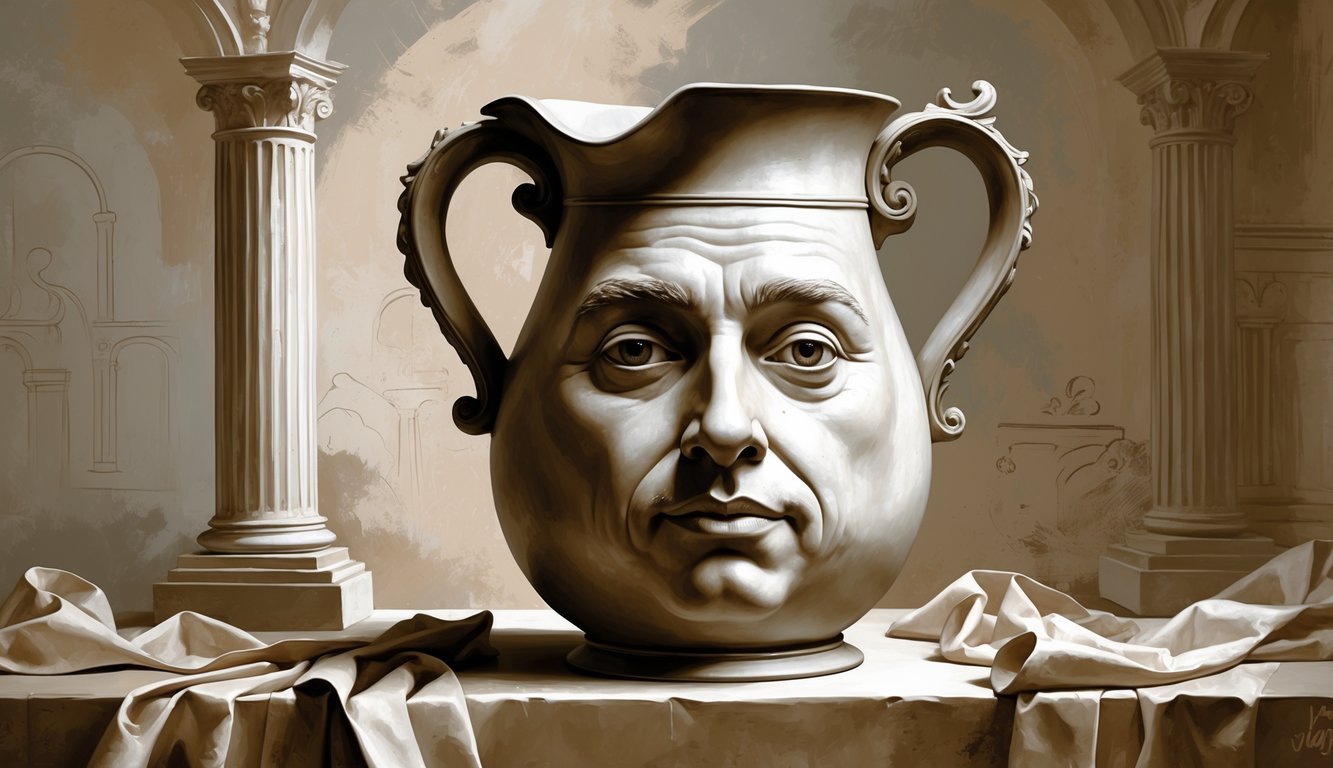
Look closely at some of Bosch’s paintings and you might find a wine jug that’s not just a jug. It often hides the artist’s face—a sneaky self-portrait, right inside the scene.
Bosch painted these jugs with so much detail, they blend right in until you notice the face. It’s like a secret hello from the artist.
Turning a simple object into a hidden message takes creativity. When you spot it, you feel like you’ve found a little piece of magic left behind.
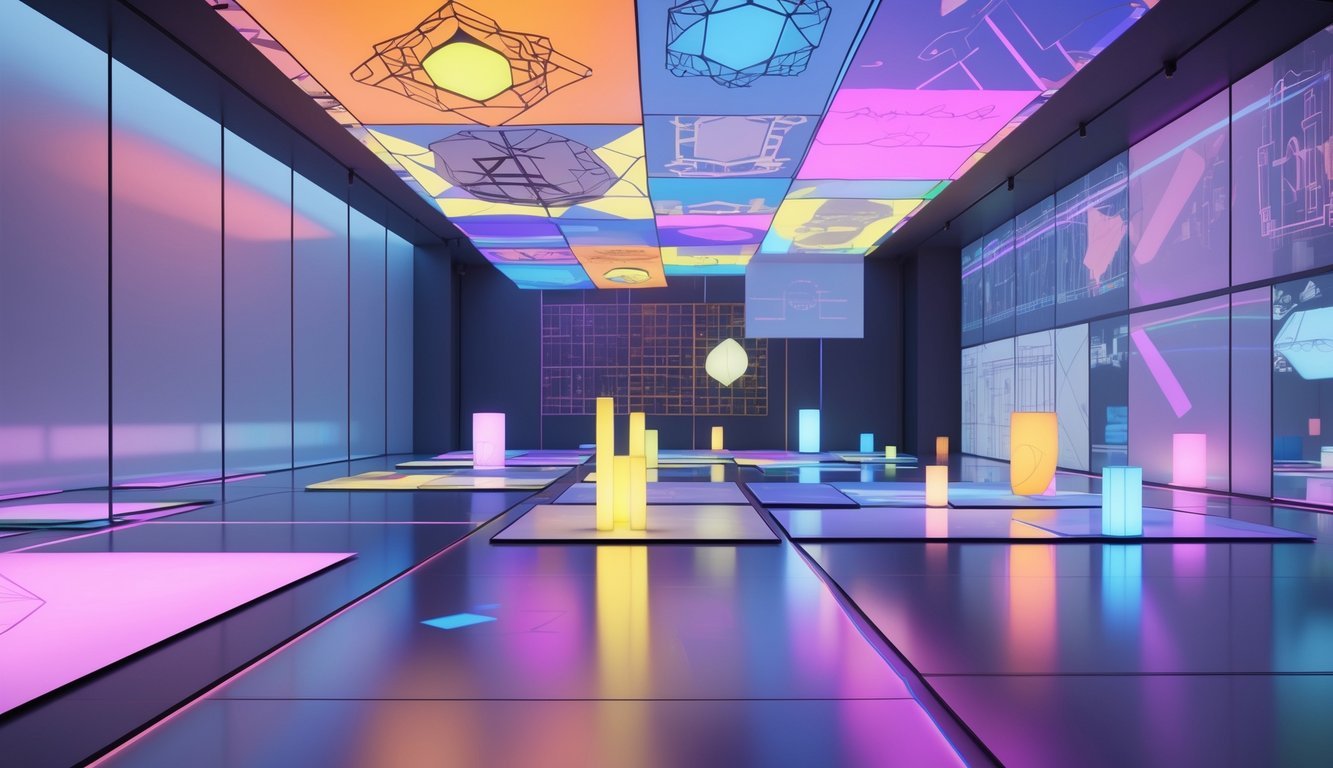
Step into one of Takashi Murakami’s light installations and suddenly, you’re part of the art. Thousands of tiny spheres act like 3D pixels, changing light patterns as you move.
Sensors track your steps, and the lights shift, forming new shapes right in front of you. Your presence actually helps create the art.
Murakami blends technology with creativity, making his installations something you can walk through and control. It’s interactive, and honestly, it’s just fun to play with.
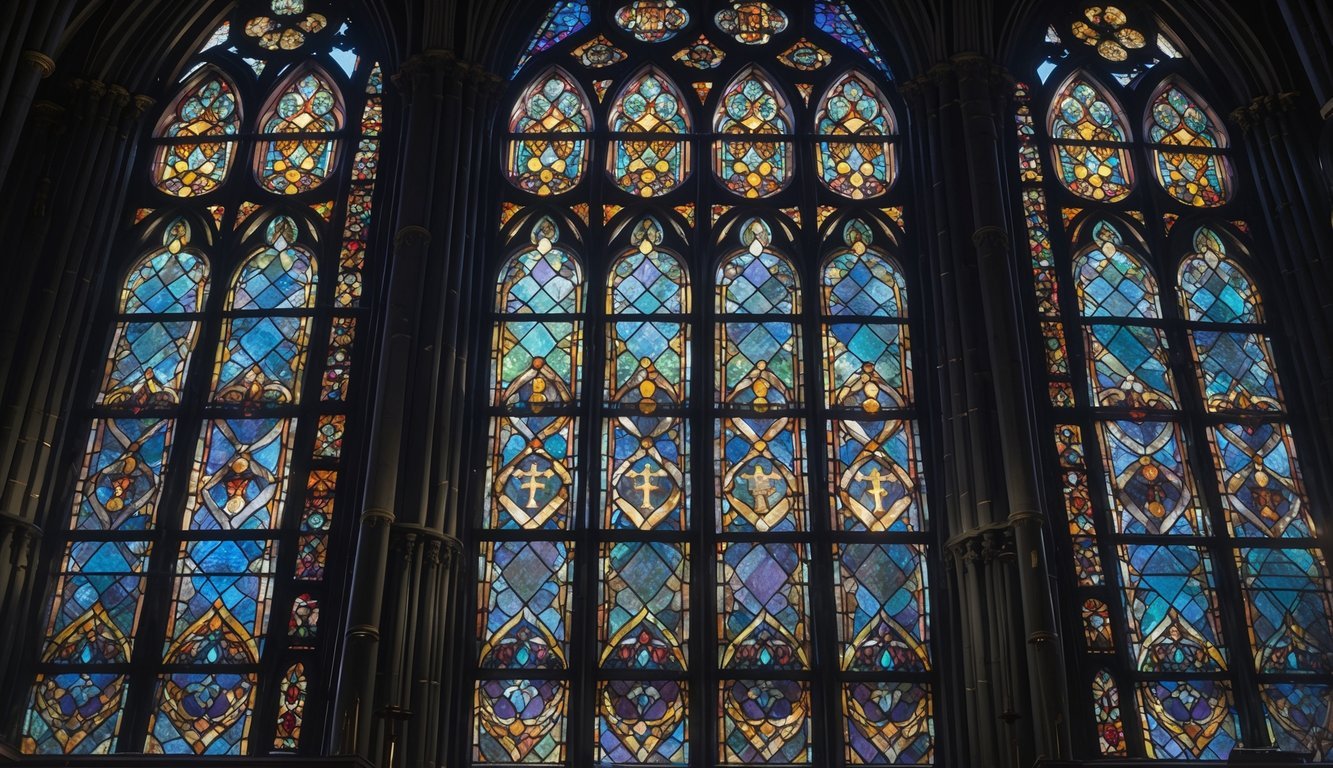
Medieval cathedral stained glass isn’t just about pretty colors. If you look closely, you’ll spot tiny cross symbols hidden in the patterns.
These crosses remind viewers of faith and the presence of Christ. Sometimes they’re tucked into complex designs, almost invisible at first.
Artisans worked with theologians to add meaning to every detail. Finding these subtle crosses feels like discovering a secret handshake from centuries ago.
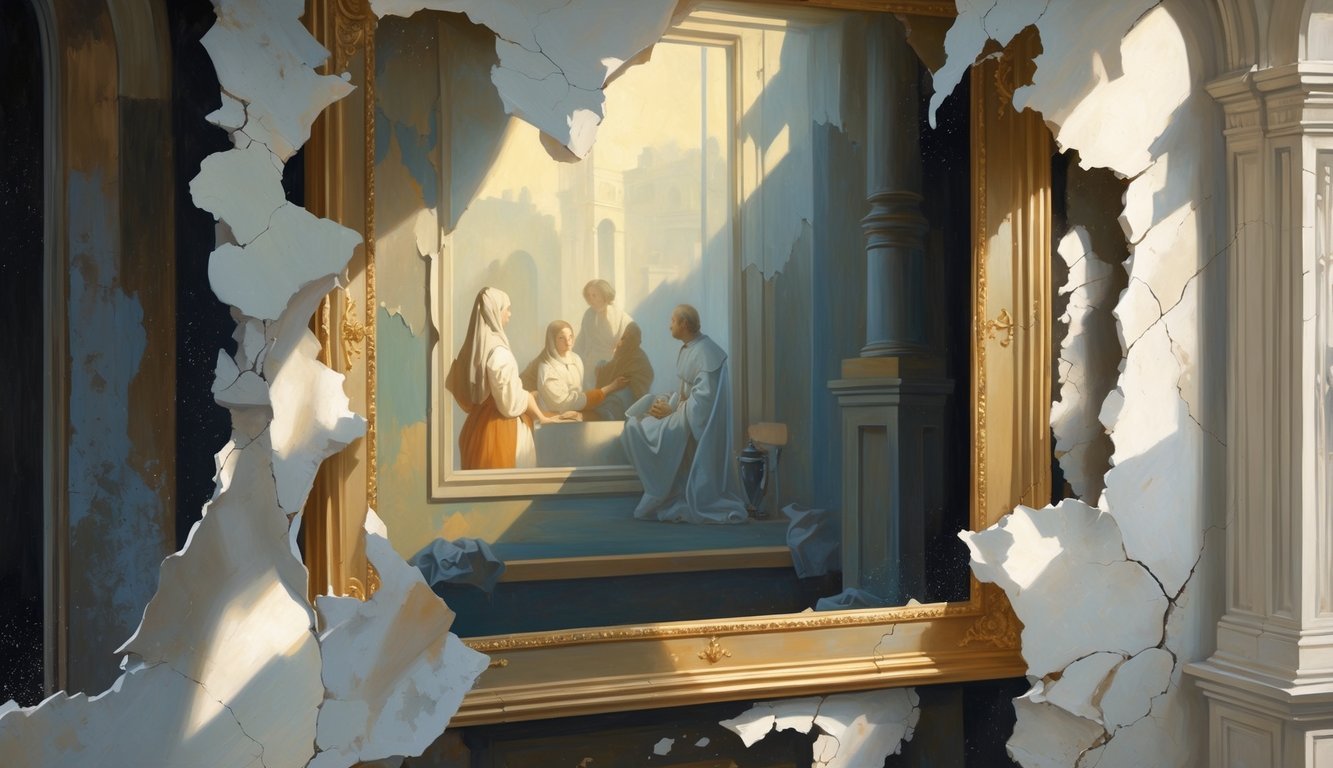
You probably wouldn’t expect what art experts stumbled across under the paint in Vermeer’s masterpieces. When they used X-ray technology, they found secret images that had been hiding for centuries.
One of the wildest examples? There’s a tiny Cupid figure tucked behind a green curtain in one of his paintings. Vermeer painted over it, but he didn’t erase it completely—almost like he meant for someone to find it eventually.
Restorers slowly peeled back the layers of paint and brought this hidden detail to light. Now, this Cupid totally changes how people interpret the artwork.
Some other Vermeer paintings hide similar surprises, maybe even a self-portrait. These discoveries open up new mysteries in art we thought we already understood.
Honestly, it’s a bit like finding a secret chapter in a book you’ve read a dozen times.